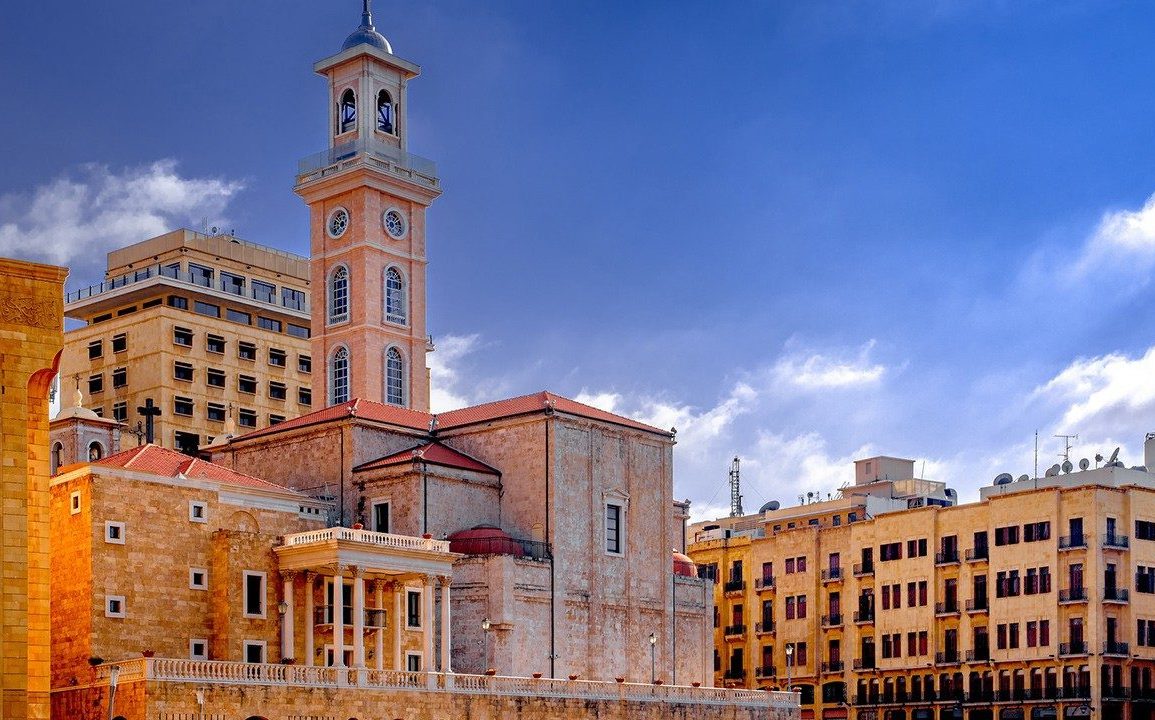The Holy See Press Office published the program and logo of the Day of Reflection and Prayer for Lebanon, which will be held on July 1. A press conference was held today, June 25, 2021, on this initiative for Lebanon, which will include leaders of all the Christian communities in the country.
Pope Francis announced his intention to hold the meeting during comments at the May 30, 2021, Sunday Angelus in St. Peter’s Square.
Program
The day will begin at 8:30 am in Casa Santa Marta, with the Holy Father’s greeting to all the Heads of the Lebanese Christian communities and the members of the delegations. Then, at 9:00 am, a brief time of prayer will take place in Saint Peter’s Basilica.
At 10:00 am, the first session of consultations will be held in the Vatican’s Apostolic Palace. After a pause, the works of the second session will resume at 11:20 am. Lunch is scheduled for 1:00 pm in Saint Marta’s and the consultations will resume at 4:30 pm in the third and last session. The meeting will end with an Ecumenical Prayer for Peace at 6:00 pm in the Vatican Basilica.
Logo

The logo is designed to represent graphically the desire and commitment indicated by the Holy Father. At the center of the composition is the figure of the Virgin Mary, venerated on the Hill of Harissa with the title Our Lady of Lebanon. Throughout their history, the Lebanese have had a special devotion to the Mother of God, whose open hands facing the Mediterranean Sea and the capital, Beirut, receive the hopes — not only of the Christians of the Maronite Patriarchate, but also of the Orthodox Christians and the Muslims.
The Virgin’s silhouette is fused with the stylized representation of a Lebanese cedar, the country’s symbolic tree. Traditional Marian devotion associates the figure of the Mother of God with many of the numerous biblical references to Lebanon: the Bride of the Song of Songs “comes from Lebanon. She is associated with the “cedar of Lebanon,” and her clothes give off the “aroma of Lebanon.” In particular, in the Loreto Litanies, the Lebanese invoke Mary with the title “Cedar of Lebanon.”
Moreover, the characteristic tower, which serves as the base of the bronze statue, has a red outline that recalls the Lebanese flag, which also evokes the pure blood shed to achieve liberation, the unity of the people.
Finally, the yellow circle, which forms the background of the head of the Marian image, represents the sun, which indicates, with light and warmth, the willingness of the Lebanese to work and hope because, to quote the poet and writer Kahlil Gibran, beyond the black curtain of the night there is a dawn that awaits us, — and may it be a dawn of peace for all.
Translation by Virginia M. Forrester










